We first came across a town with a substantial amount of Art Deco when we were in Napier on New Zealand’s South Island. There the reason for so many from that period was because the town had been destroyed in an earthquake / fire and a total rebuild had been needed.
Tulsa also has a substantial number of Art Deco buildings but these date from the building of the town and result from the ambitions of the wealthy to show how much money they had rather than a disaster of some sort.
So we wandered around a very eerily nearly deserted downtown Tulsa one Sunday morning and as we followed a self guided walking tour, took as many photographs as we felt we could before we started to feel uncomfortable with the attention we were getting from a few of the small number of people about town.
There are no longer passenger trains to Tulsa
but when there were, this was the Art Deco station
with its absolutely characteristic art-deco typeface stating that it is the Tulsa Union Depot
I know nothing about these two buildings (One and Two North Plaza) but their Art Deco origins seem plain but they also seem to show signs of an unsympathetic adjustment - parts of the front facades do not look correct.
This building is known as the Reunion Centre and was built in 1919 and 1925.
The Pythian Building was originally supposed to have a 10 storey hotel on top of it and it has an elaborate art deco inside which we could not see, it being a Sunday.
In 1927 the Philtower was the tallest building in Tulsa. Its owner donated the building to the Boy Scouts to endow a ranch in New Mexico. Its lobby (closed on a Sunday) is pure Art Deco and its roof of red and green tiles is regarded as a Tulsa landmark.
The Philtower (1930) has got interesting foliage and animals concealed in the designs above the door and windows
and the lobby is an ornate Art Deco masterpiece.
The National Bank of Tulsa is in a building which has housed banks since it first opened in 1927.
The lobby (only viewable through a glass door on a Sunday) is said to be a superb example of hand painted art deco design.
This building was the Mincks-Adams Hotel (1928) and has an elaborate and ornate rococo terracotta facade. The owner lost it during the recession.
This building was sandwiched between two prominent Art Deco buildings and does not seem to appear in any guide (except a culinary guide which comments on the quality of the Coneys which can be purchased here). Never-the-less, we like its lines and simplicity.
The Atlas Life Building has been built in the form of an upside down letter T. The pink and green neon “Atlas Life” name on the front of the building is a landmark in the town. On the top of the building is a freeze with Atlas supporting a globe.
There are many more Art Deco buildings, we just did not have time to see them all.
And just to show that architects and town planners are just as able to make planning and design mistakes in Tulsa as they can anywhere else in the world, here is a multi-storey car park right in the middle of the Art Deco District – an area with many buildings on the National Register of Historic Places or listed as an Oklahoma Landmark or for its Art Deco significance and design.
This “lovely” car park is adjacent to a superb Art Deco building and directly opposite another.
I wonder how it got planning permission. (Pat says that I am off on my rampage again!)
And are you still wondering what a Coney is?
It is a beef hot dog topped with all meat chilli, onions and mustard…….
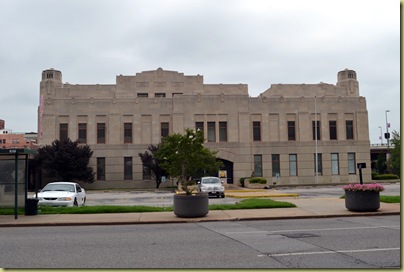
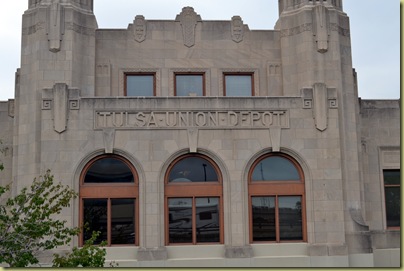
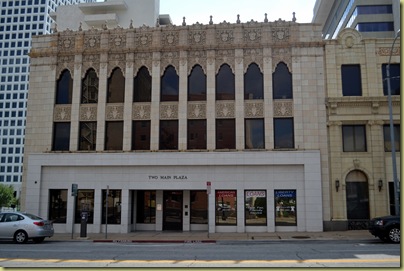
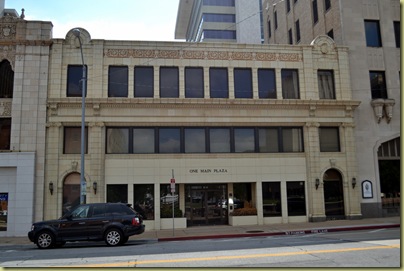


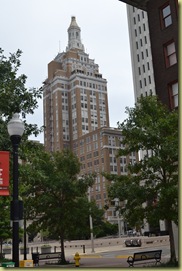
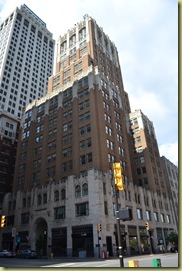
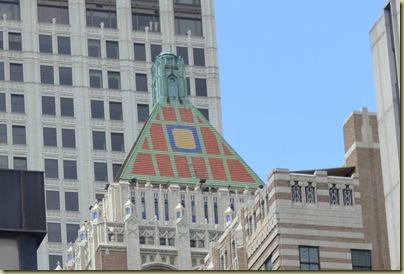


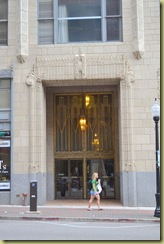
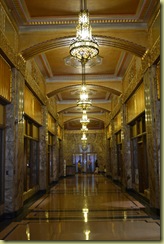
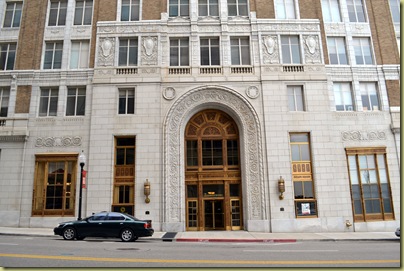
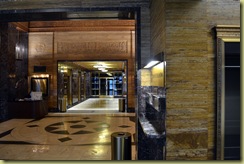
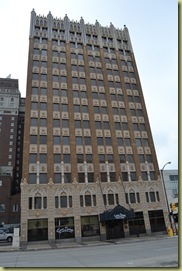
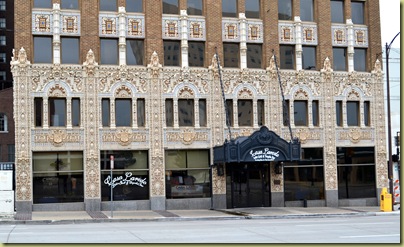
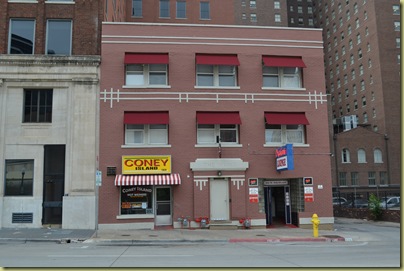
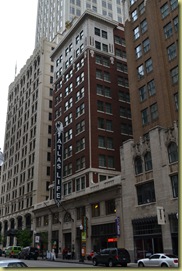


No comments:
Post a Comment